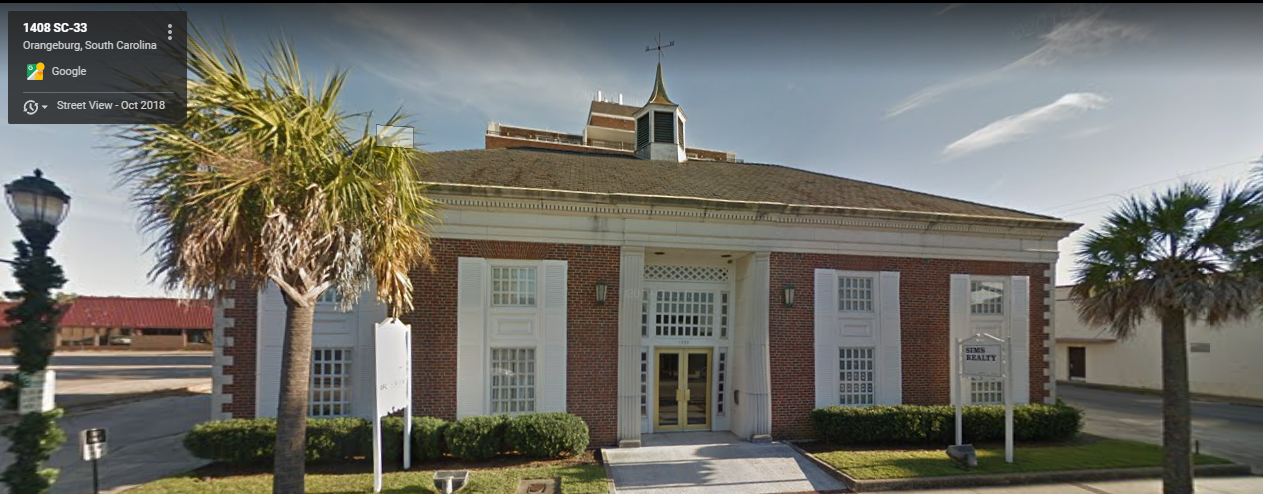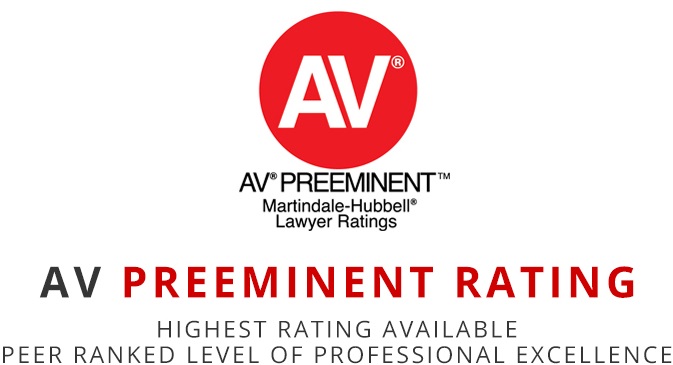DETERMINING DAMAGES IN PERSONAL INJURY

After an accident, whether car wreck or any other incident which causes injury, the first part of the legal analysis is whether a party is liable to the injured party. Assuming the evidence is reasonably strong enough to convince a jury of the liability of the party causing the injury, the next part of the analysis is damages. In assessing damages, it’s important to analyze the evidence showing the connection between the alleged damages and the liability, which is not always as simple as it might seem. Then it’s critical to reasonably calculate the dollar amount of those damages as part of the assessment before bringing suit. Determining damages is one of the most important aspects of assessing a case before attempting to resolve the matter by settlement or Jury verdict. Let me explain.
First, in assessing injuries from an accident, the key is the evidence injuries were caused by the accident and not preexisting or incurred after the accident. When cases are in litigation, the Defendant’s attorneys will obtain all medical records of the Plaintiff and will be attempting to prove injuries were preexisting. Additionally, if the injuries are not assessed and memorialized in medical notes after the accident, the Defendant will try claiming the injuries happened afterwards. That’s a reason it’s so important to get evaluated for injuries right after an accident. The longer the time in between the accident and evaluation, the stronger the argument to disconnect the injury from the accident. Additionally, waiting for evaluation can become an argument the injuries were not serious and did not involve substantial pain and suffering.
It’s important to note that by the “eggshell Plaintiff rule” injuries exacerbated by a prior condition are still compensable damages to the extent of the injuries, even though the injuries may not have occurred or been substantially less without the condition. For example, a Plaintiff who has been diagnosed with a condition causing brittle bones would still be compensated for all broken bones even though the accident would not have caused broken bones without the condition. Additionally, if the injuries are exacerbated by something done by those treating the injury (for example, ER treatment after the accident) those exacerbations are still connected and compensable.
The courts follow the rule of “Proximate Cause” for connecting the liability of a party to damages caused, which means that not all consequential effects of that liability are compensable damages. The rule is that the damages must be reasonably foreseeable damages. In cases involving car wrecks, this is usually not an issue as the personal injury and property damages will almost always be considered foreseeable. In a famous case that brought the rule of Proximate Cause, agents of a Railroad pushed a man on a train and in doing caused him to drop fireworks which consequentially caused a clock to fall on a woman in a different part of the train station. The court determined that even though the woman’s injuries were a consequence of the negligence of the Railroad agents, they were not something reasonably foreseeable. I have dealt with this issue in cases involving damages going well beyond lost wages and injuries. For example, claiming damages from an eviction with the allegation of not being able to pay rent from lost wages due to an injury. That would be an example of consequential damages which would not be reasonably foreseeable and therefore not the Proximate Cause.
Assessing damages is something lawyers are trained to do, and tough to fully understand for non-lawyers. It’s important to understand the nuances and rules and work with your lawyer to the best result.
Bill Connor
 Orangeburg Attorney Bill Connor received his Bachelor of Arts from The Citadel in 1990, and after serving for over a decade as an Infantry Officer in the U.S. Army, including three deployments to the Middle East, he received his Juris Doctorate from The University of South Carolina in 2005. In 2012, Bill was honored to receive an AV® Preeminent™ Peer Review Rating by Martindale-Hubbell®, the top peer rating for American lawyers. Receiving this rating at such an early point in his career is unheard of among lawyers.
Orangeburg Attorney Bill Connor received his Bachelor of Arts from The Citadel in 1990, and after serving for over a decade as an Infantry Officer in the U.S. Army, including three deployments to the Middle East, he received his Juris Doctorate from The University of South Carolina in 2005. In 2012, Bill was honored to receive an AV® Preeminent™ Peer Review Rating by Martindale-Hubbell®, the top peer rating for American lawyers. Receiving this rating at such an early point in his career is unheard of among lawyers.






